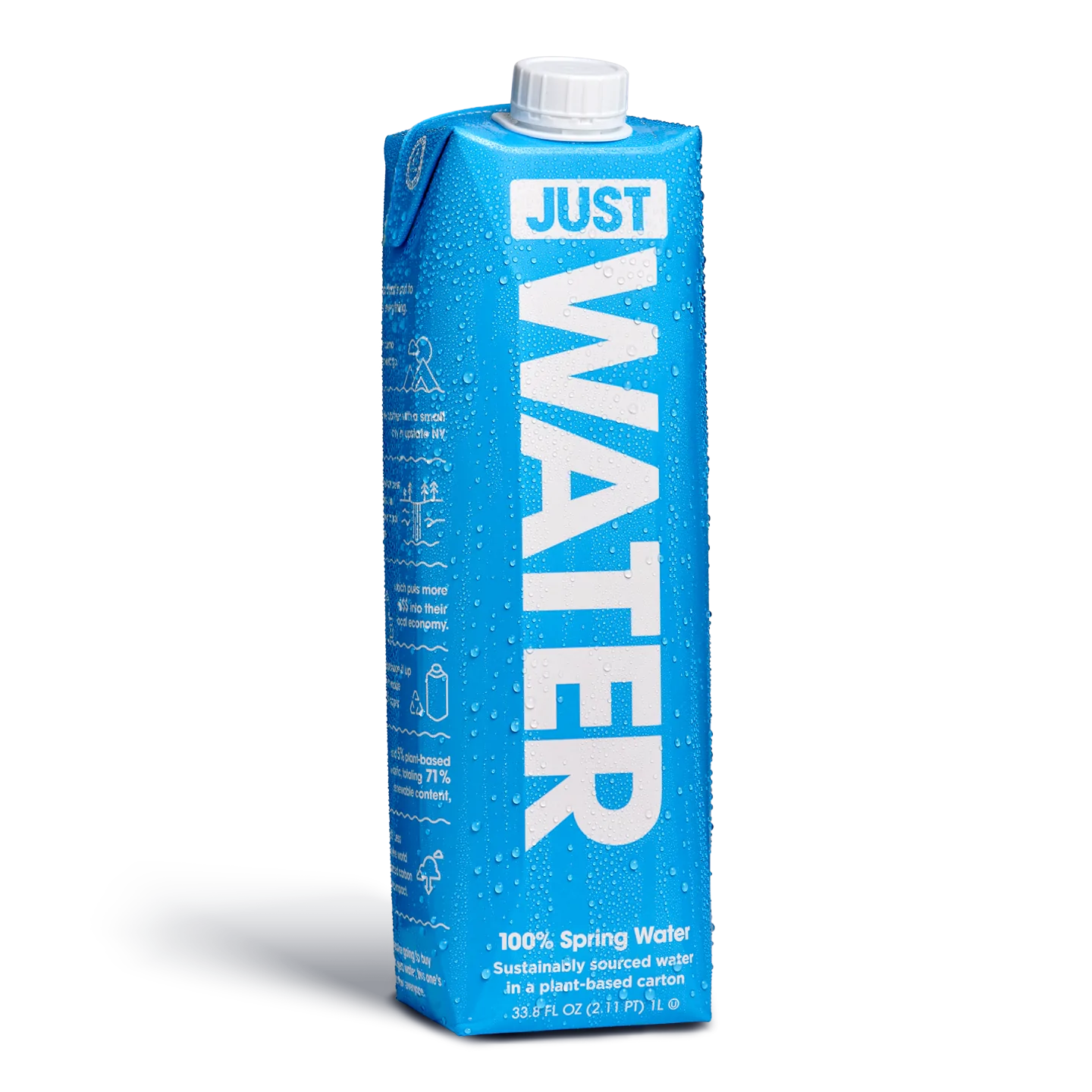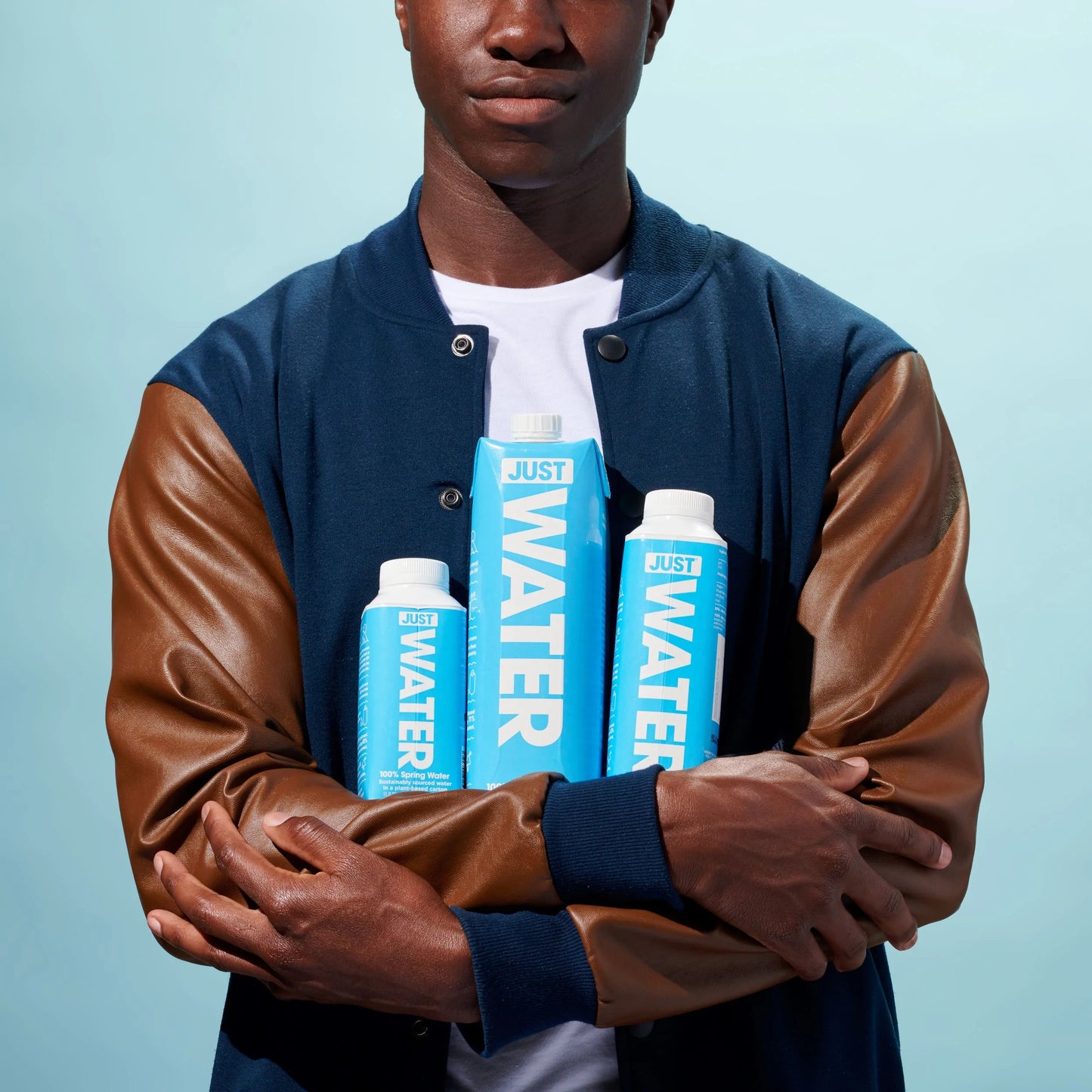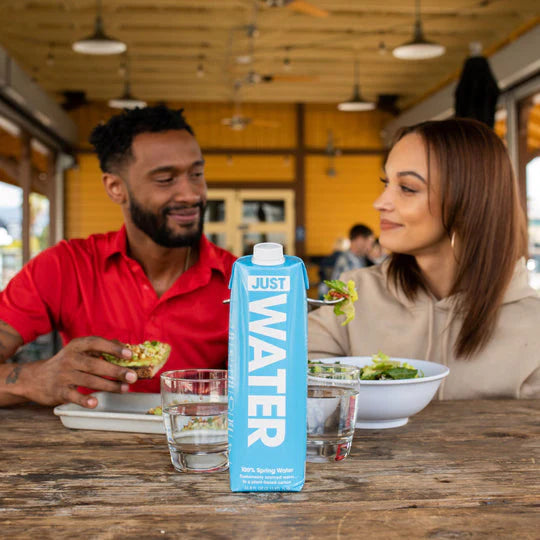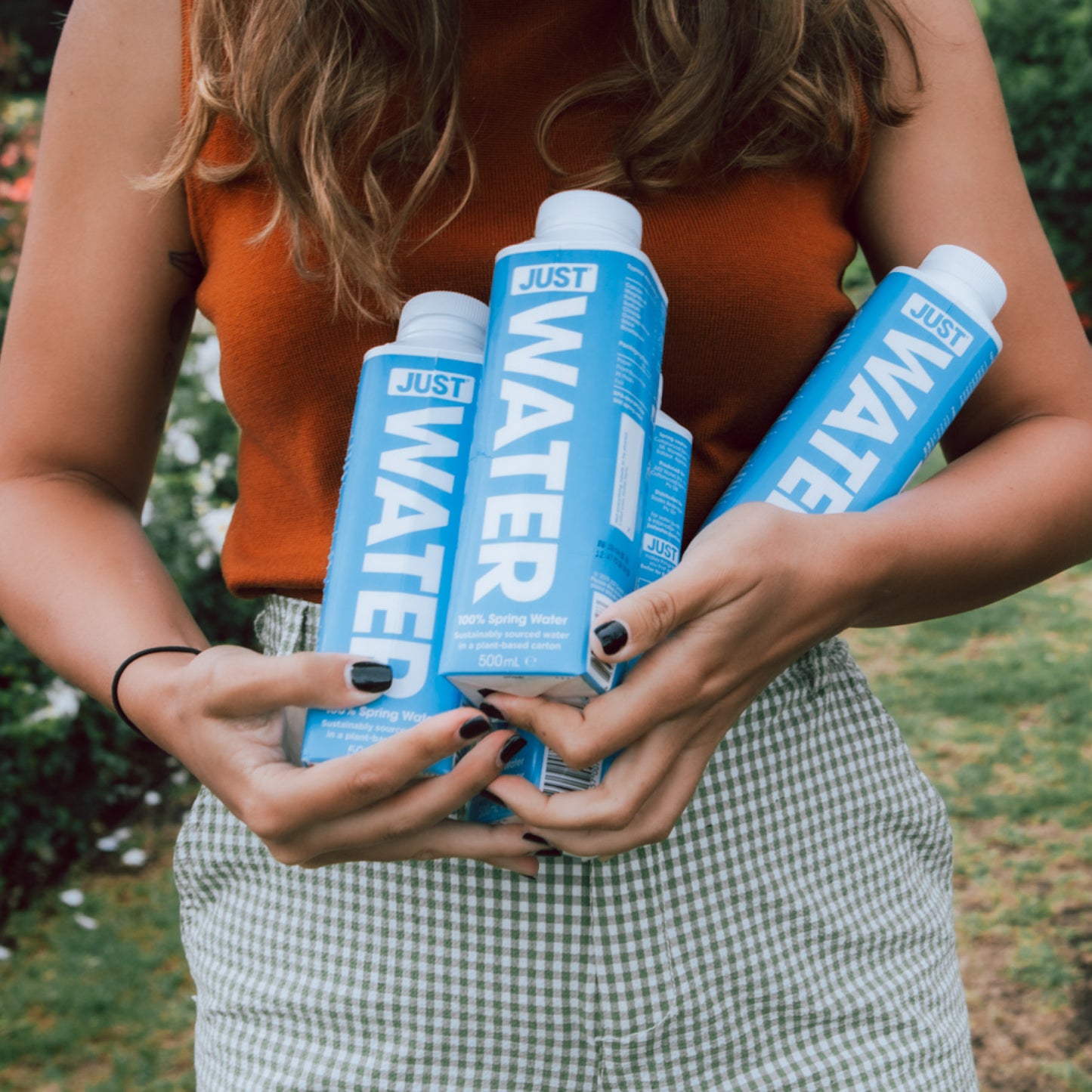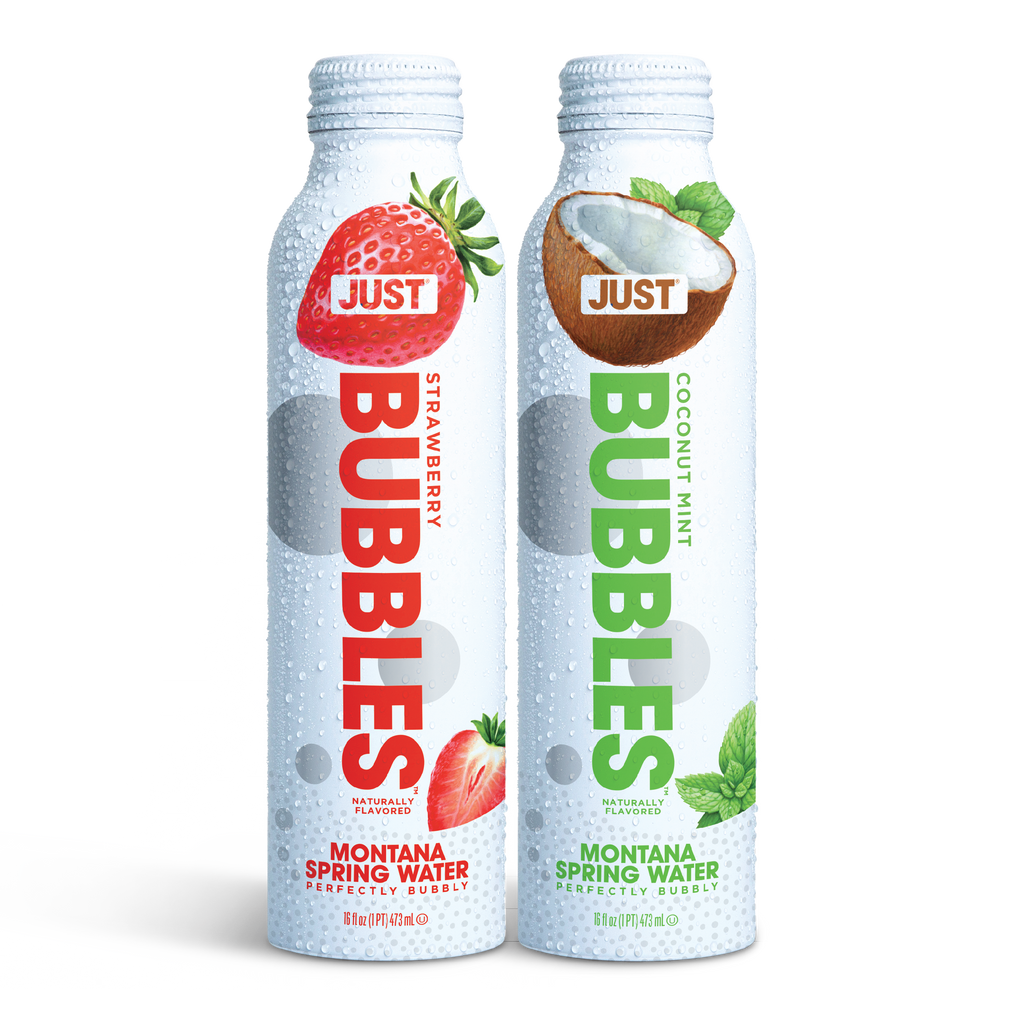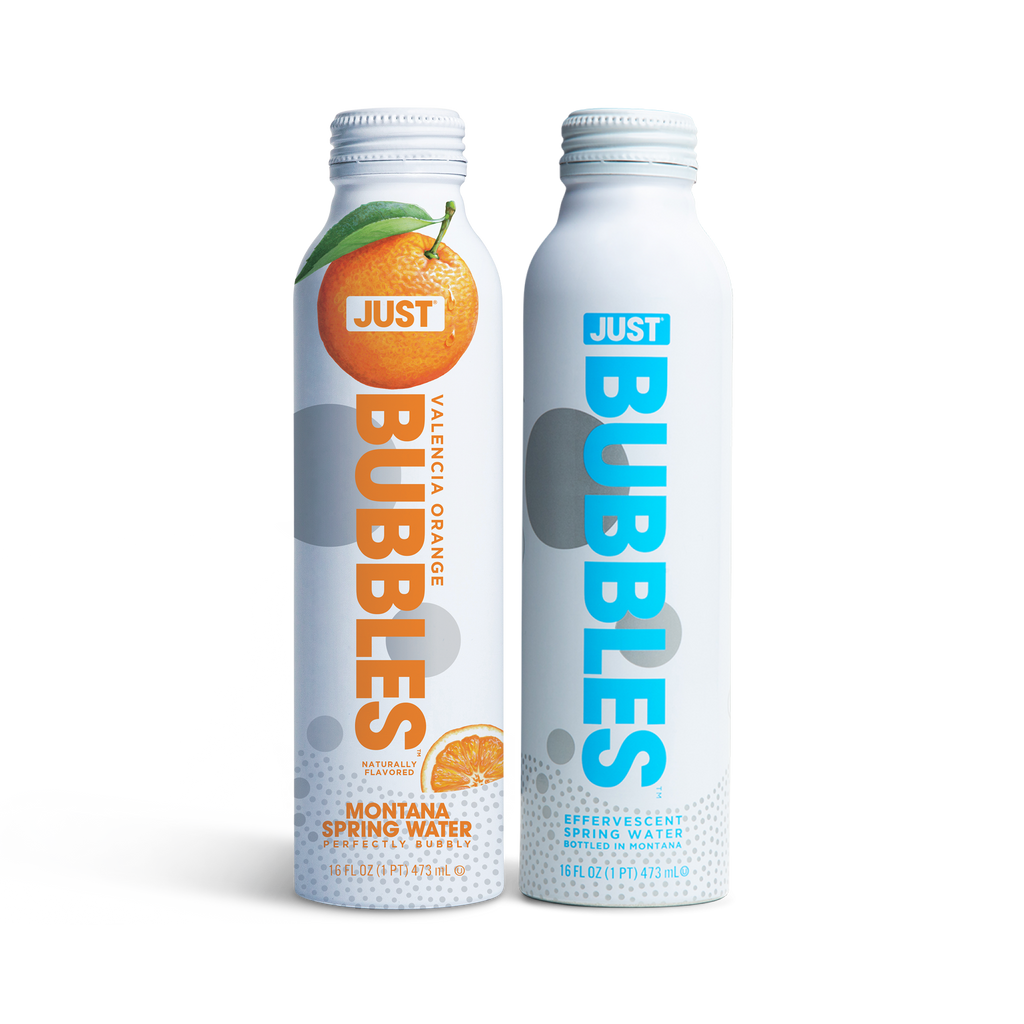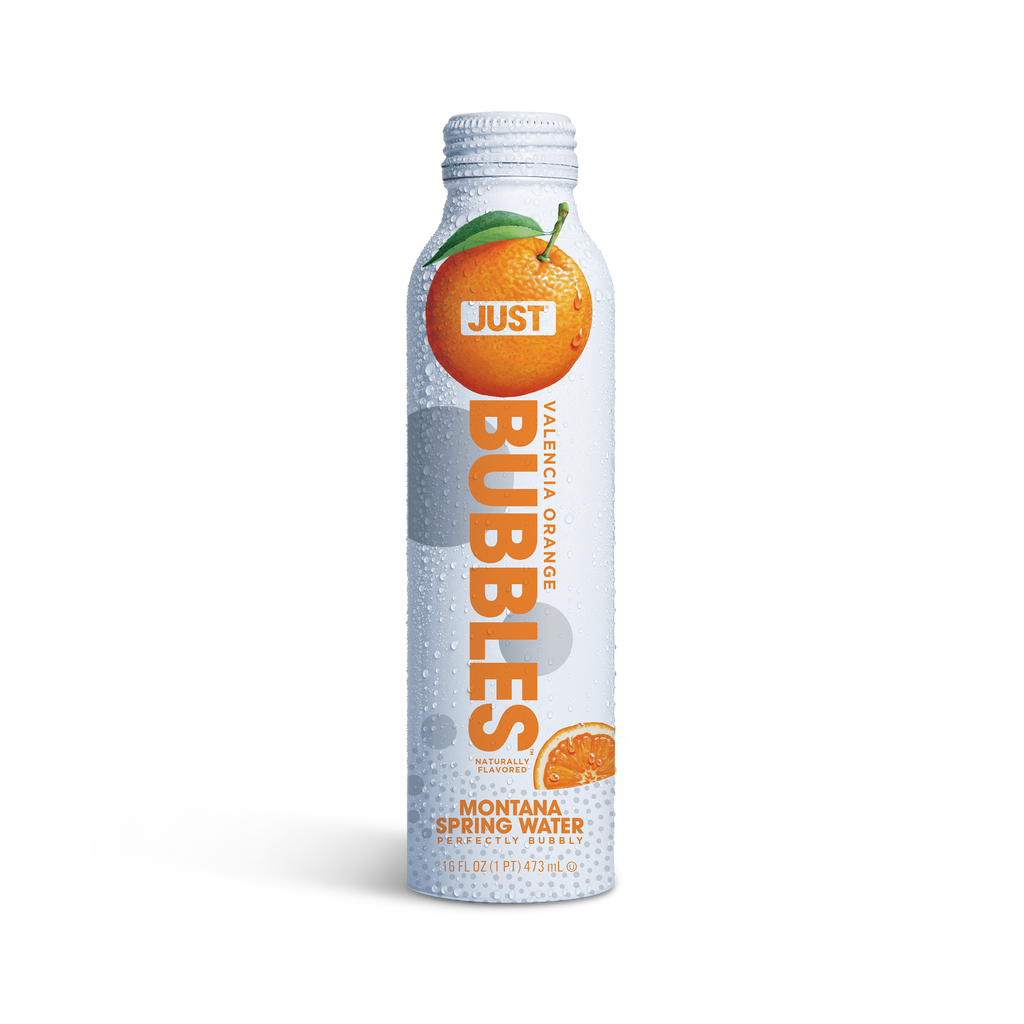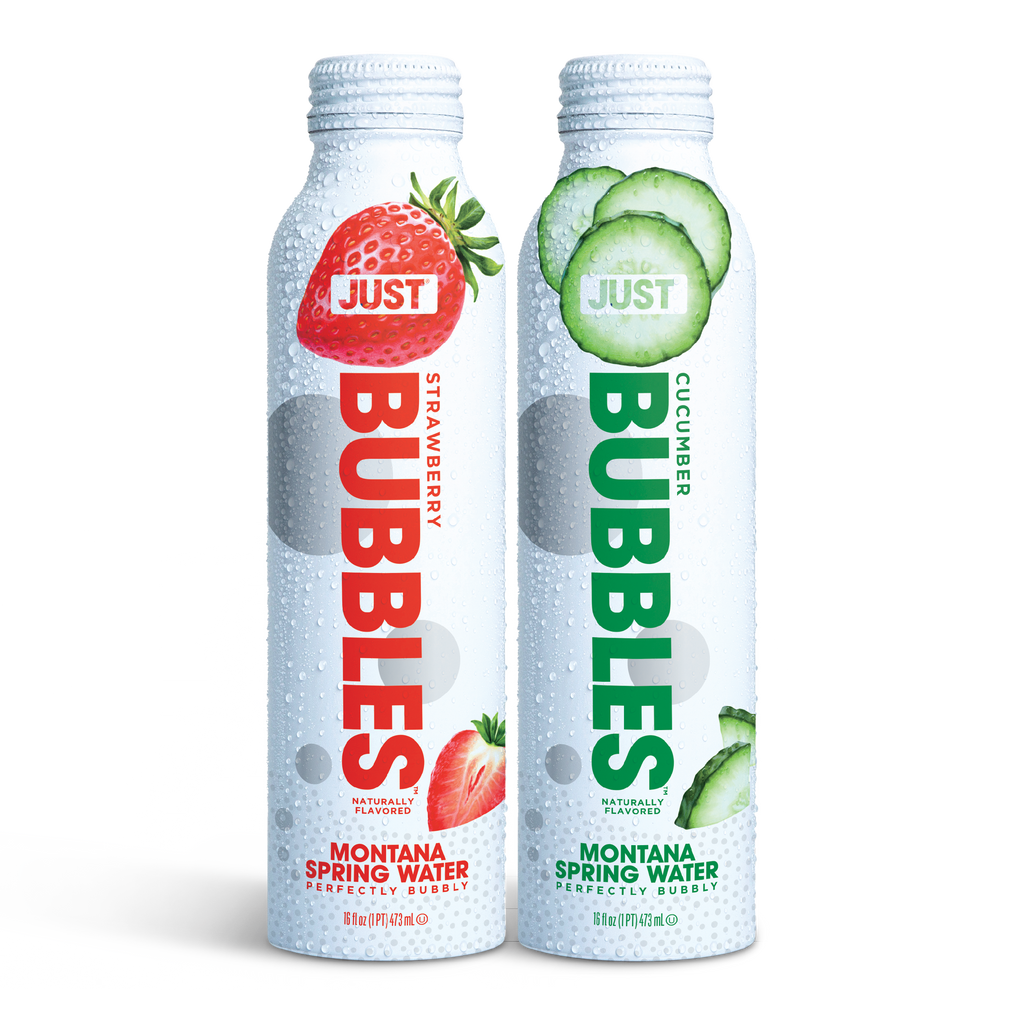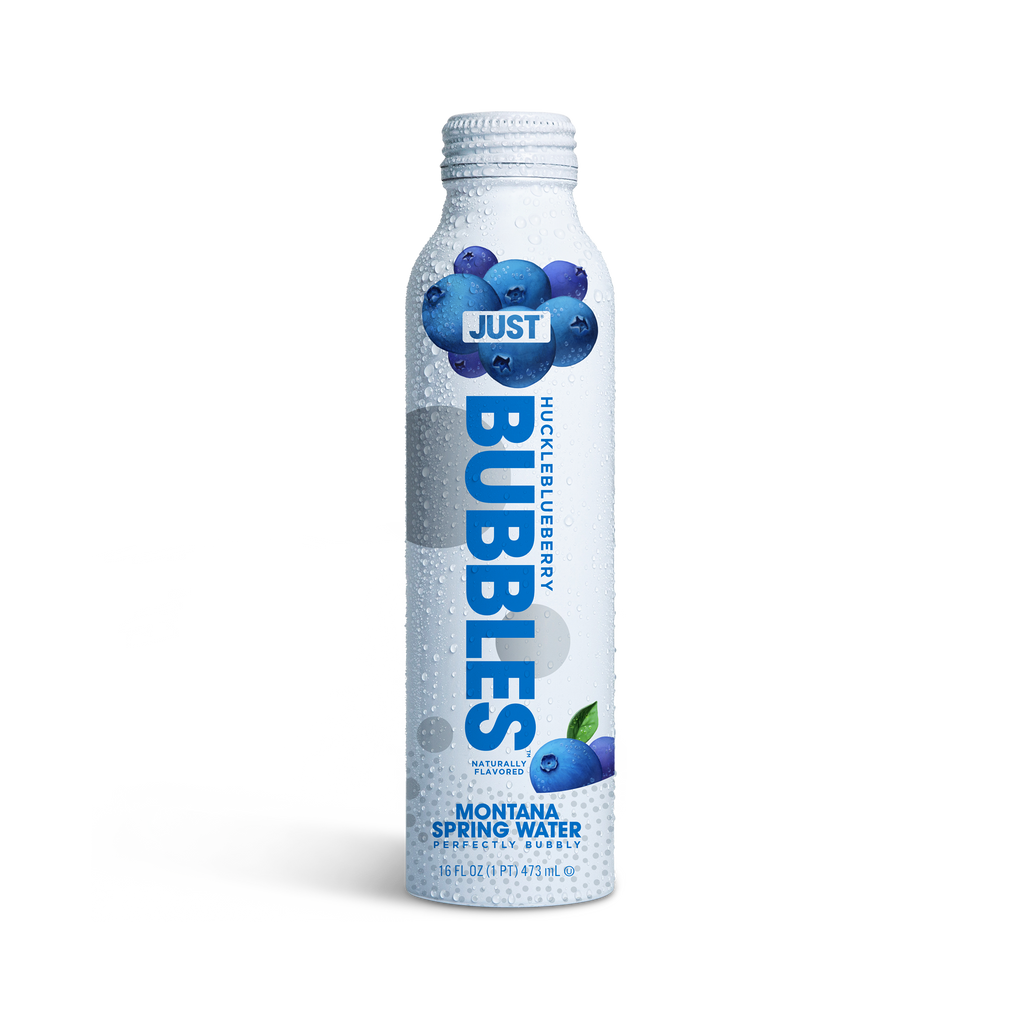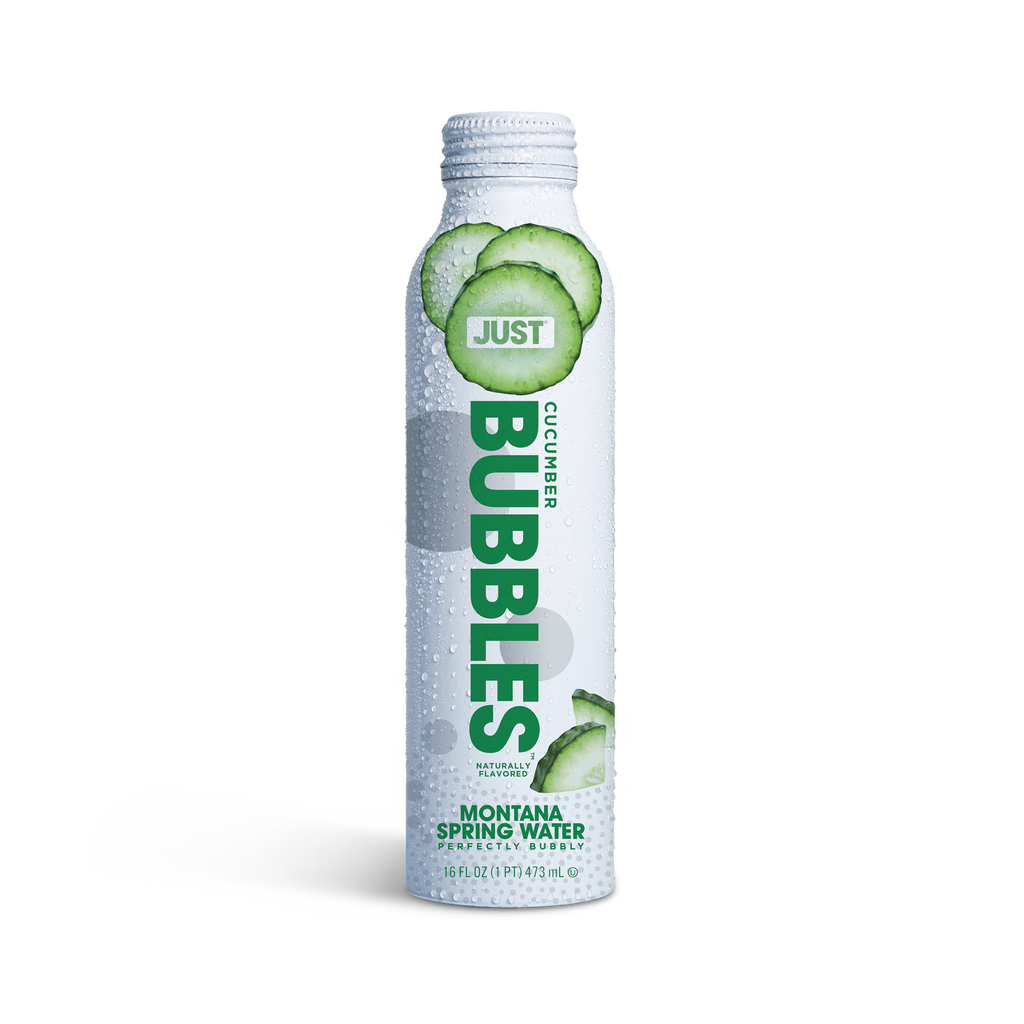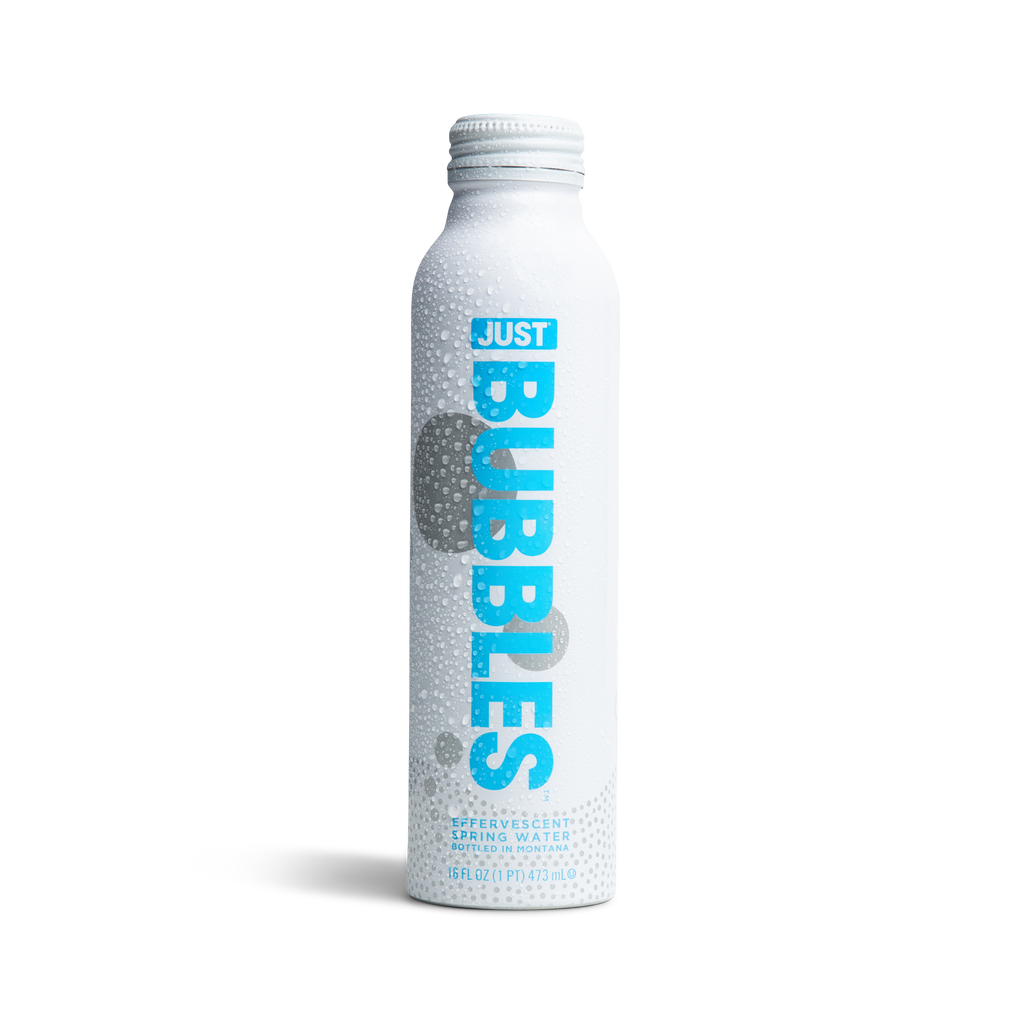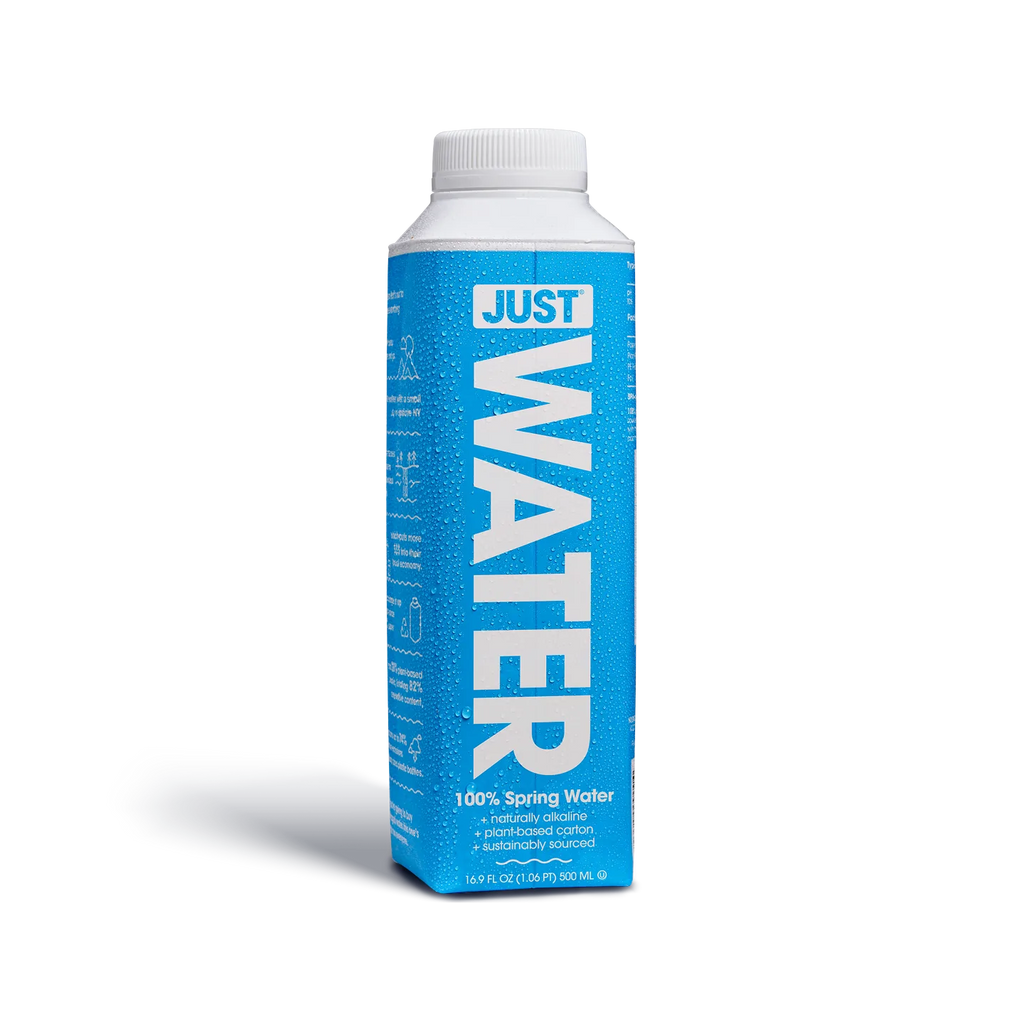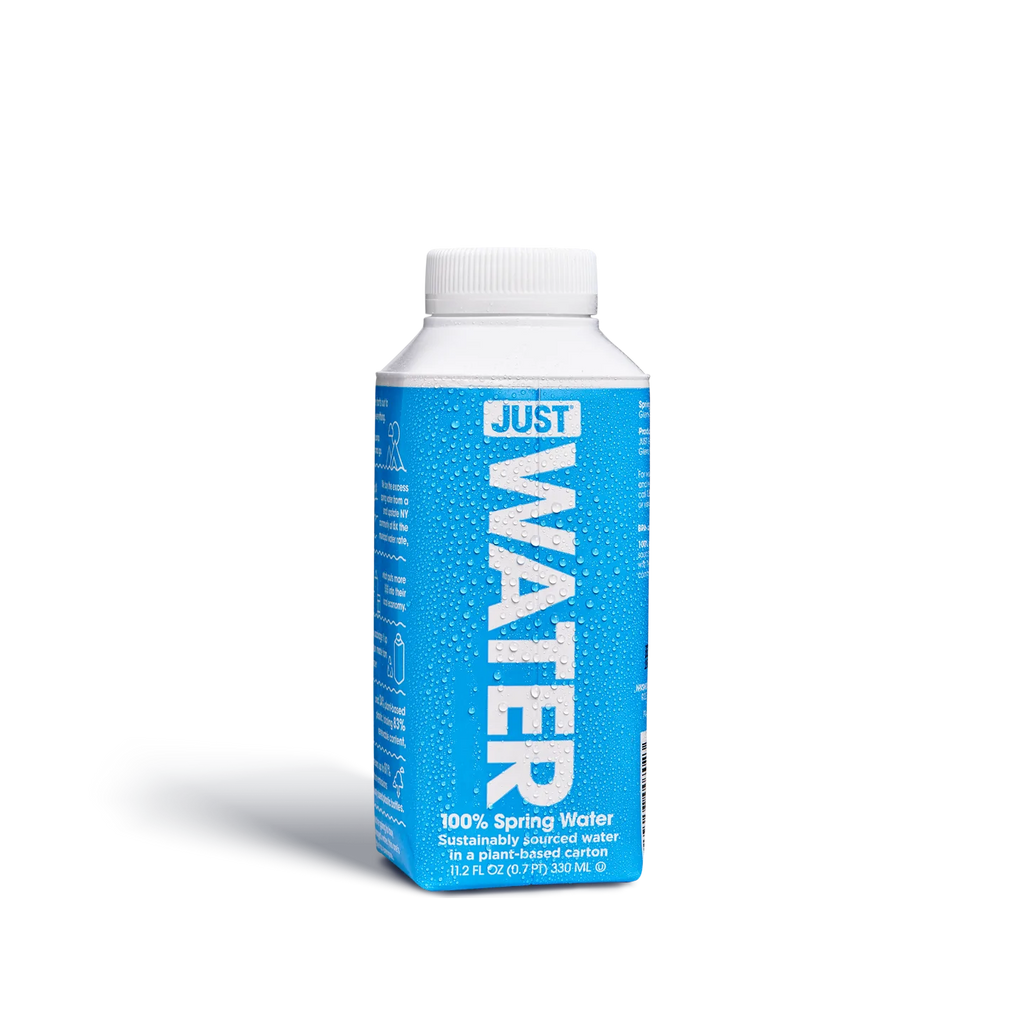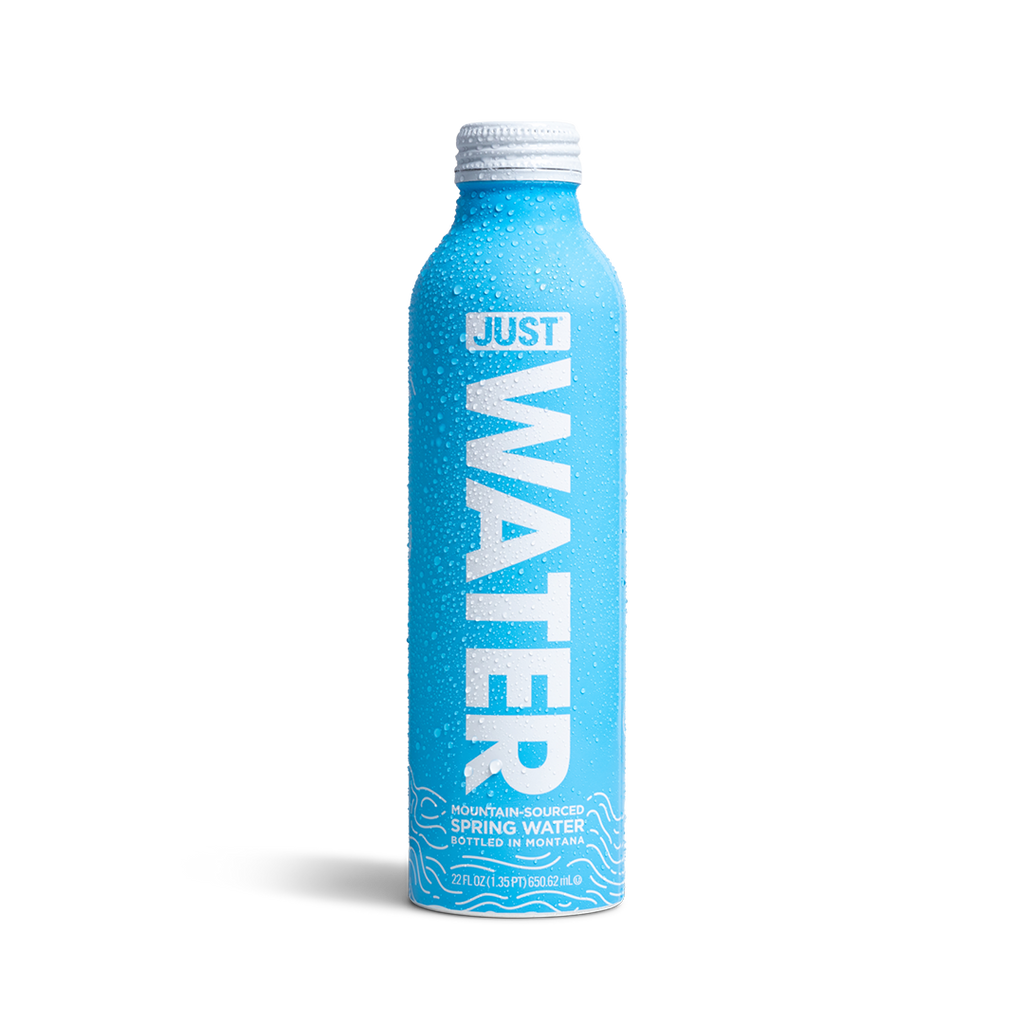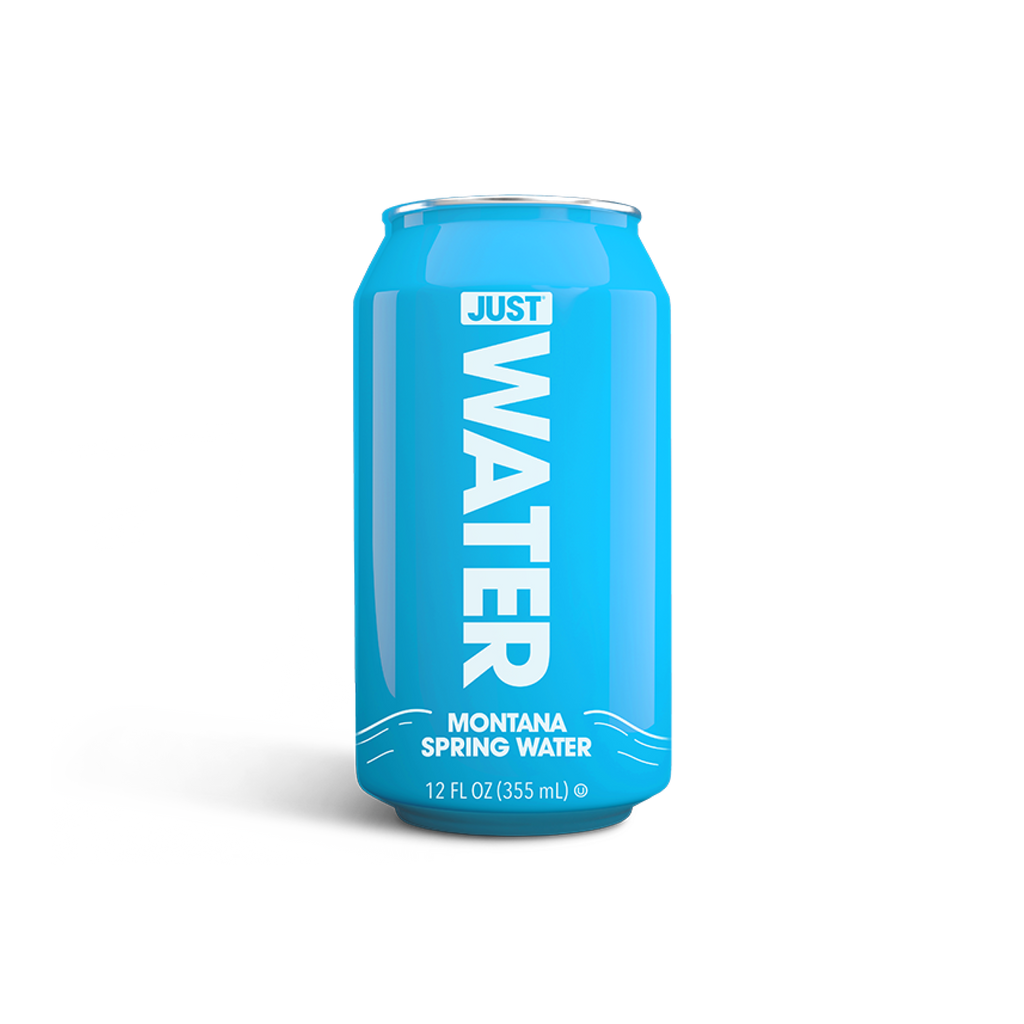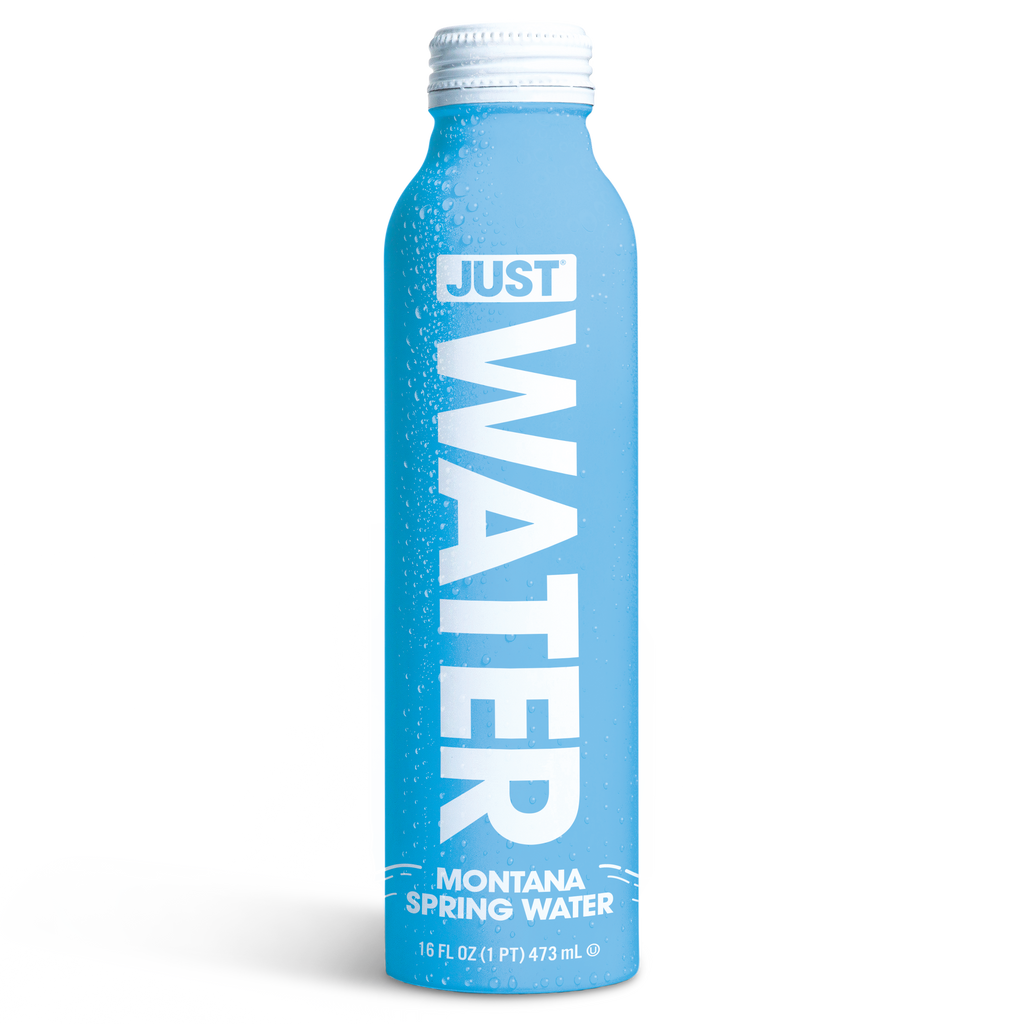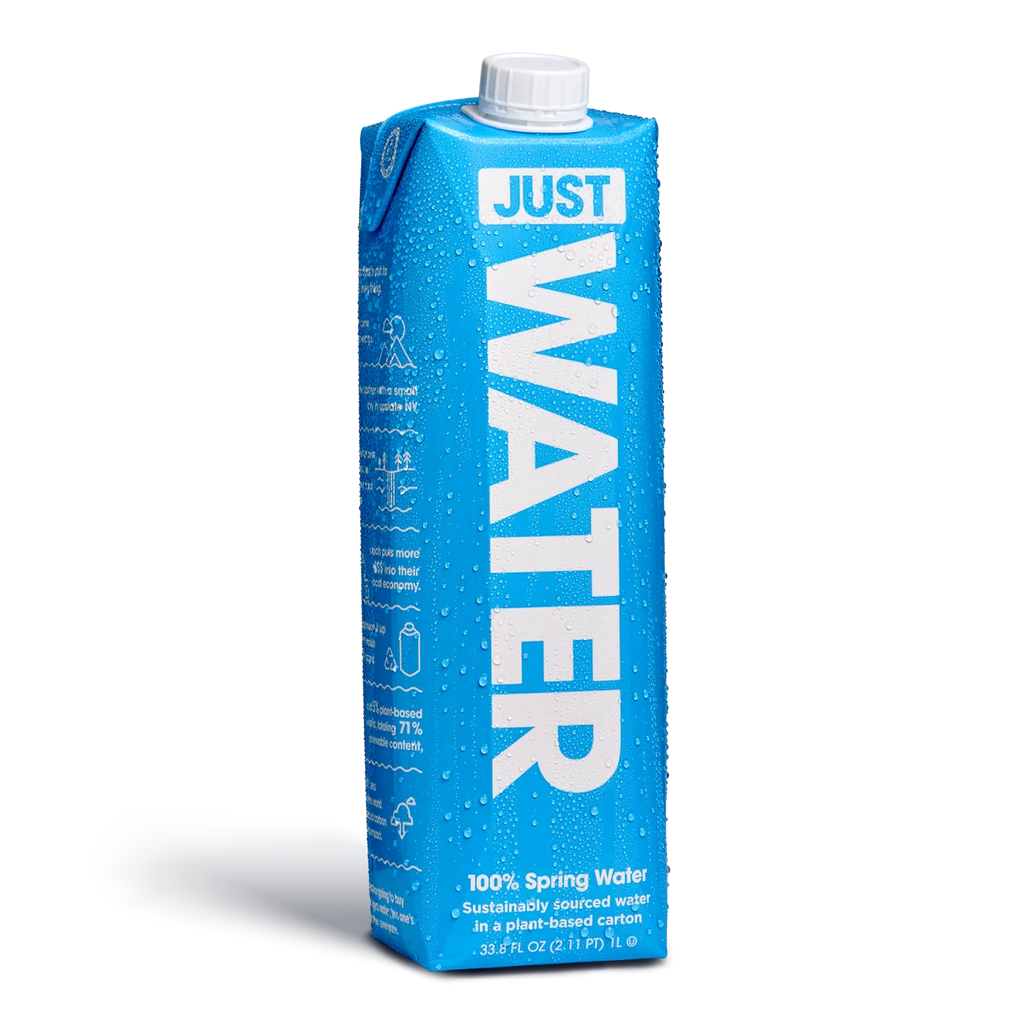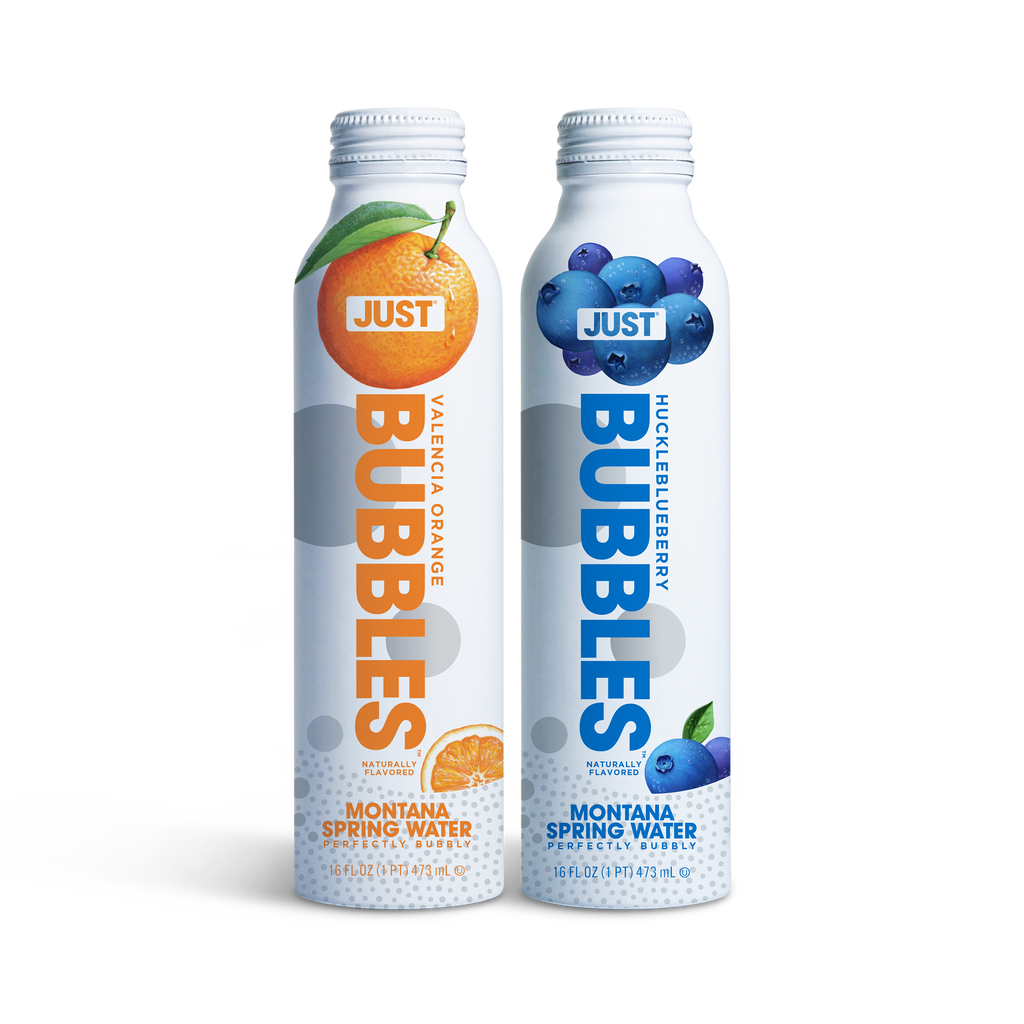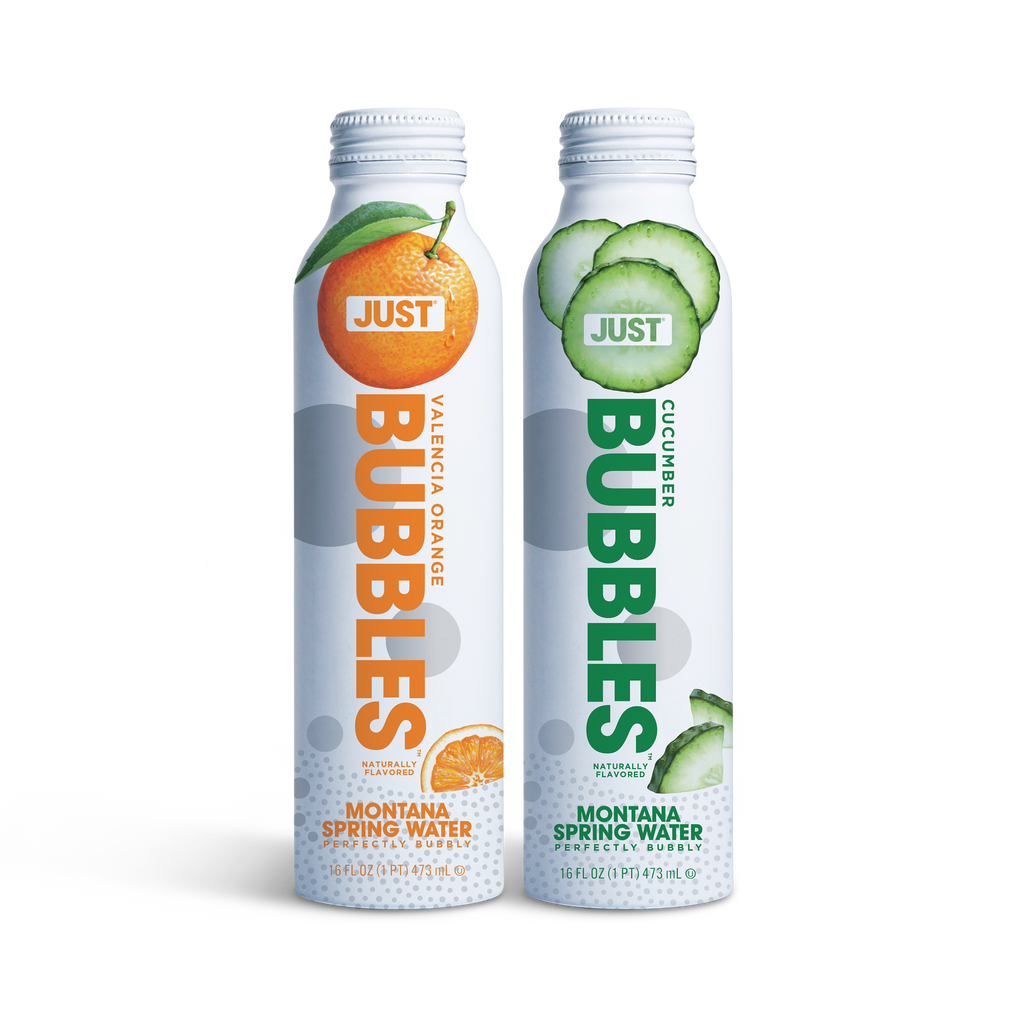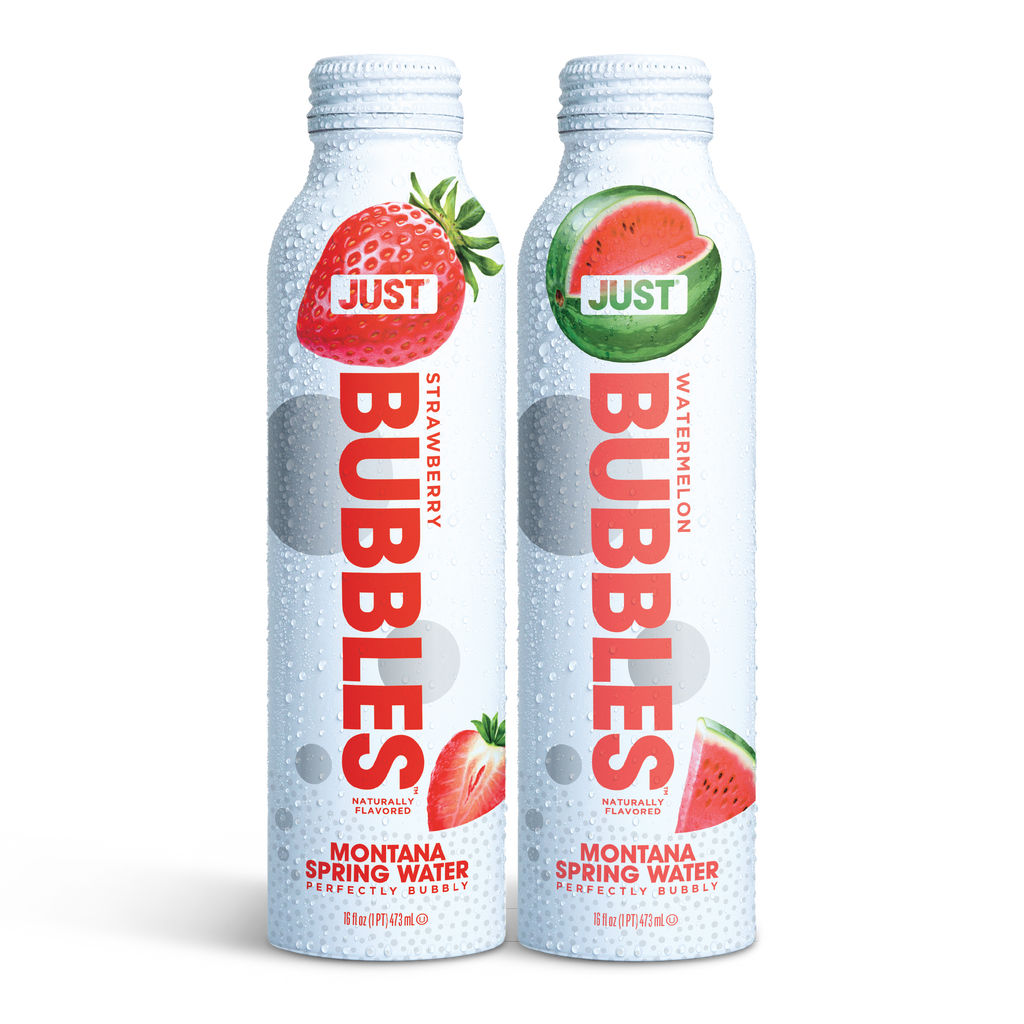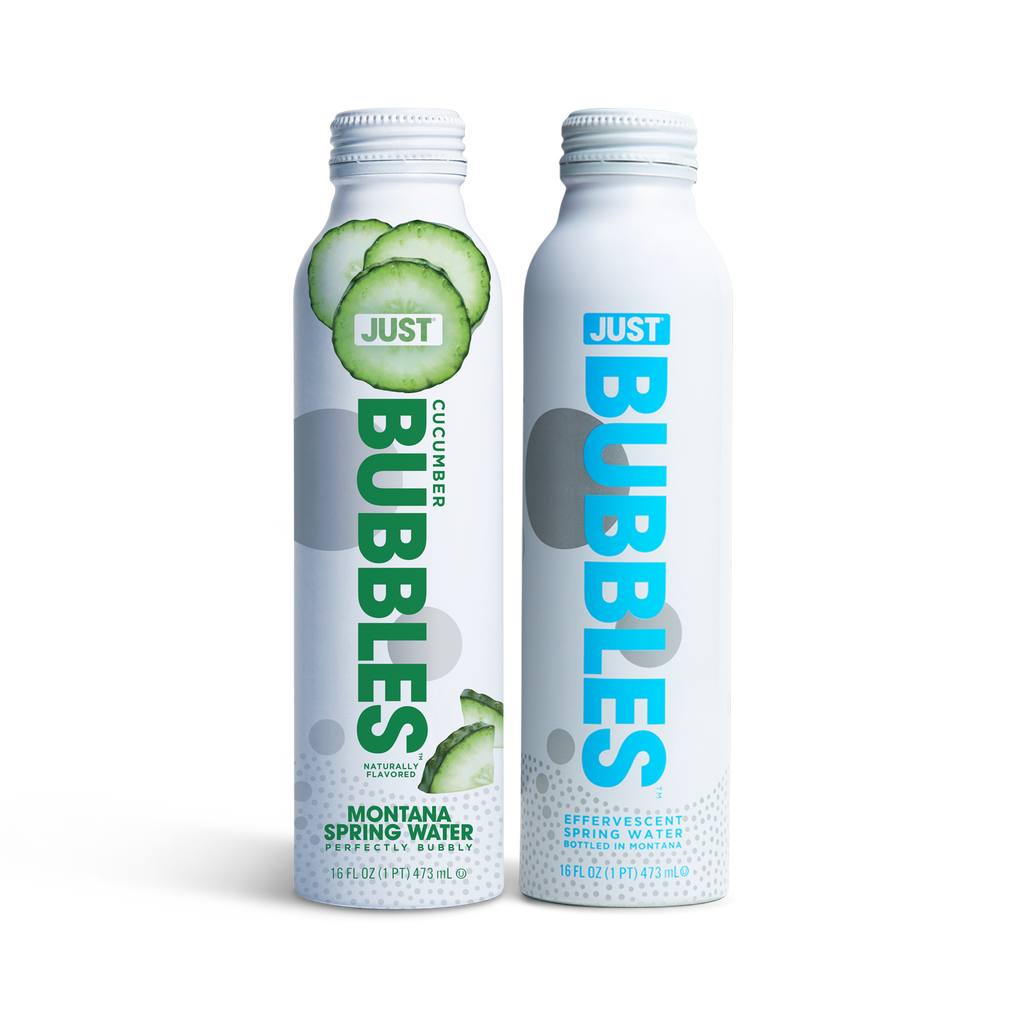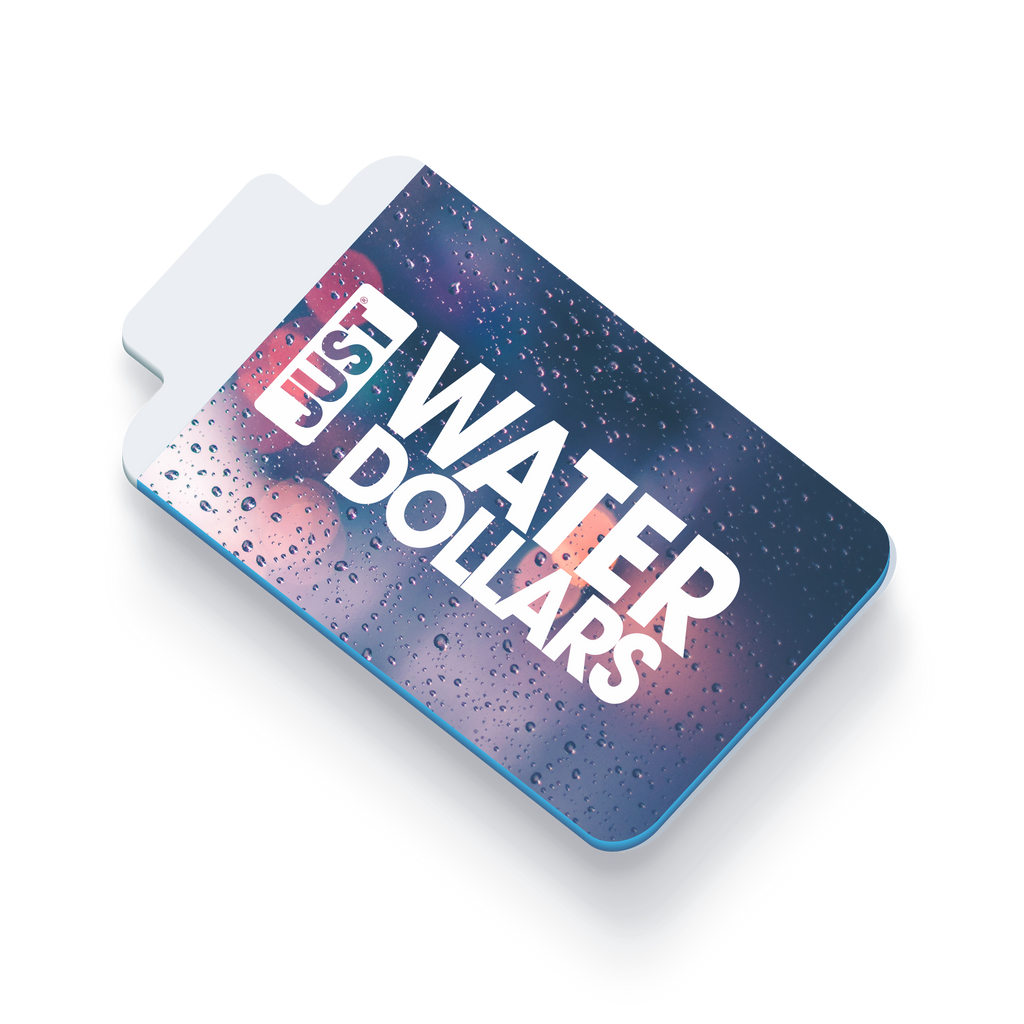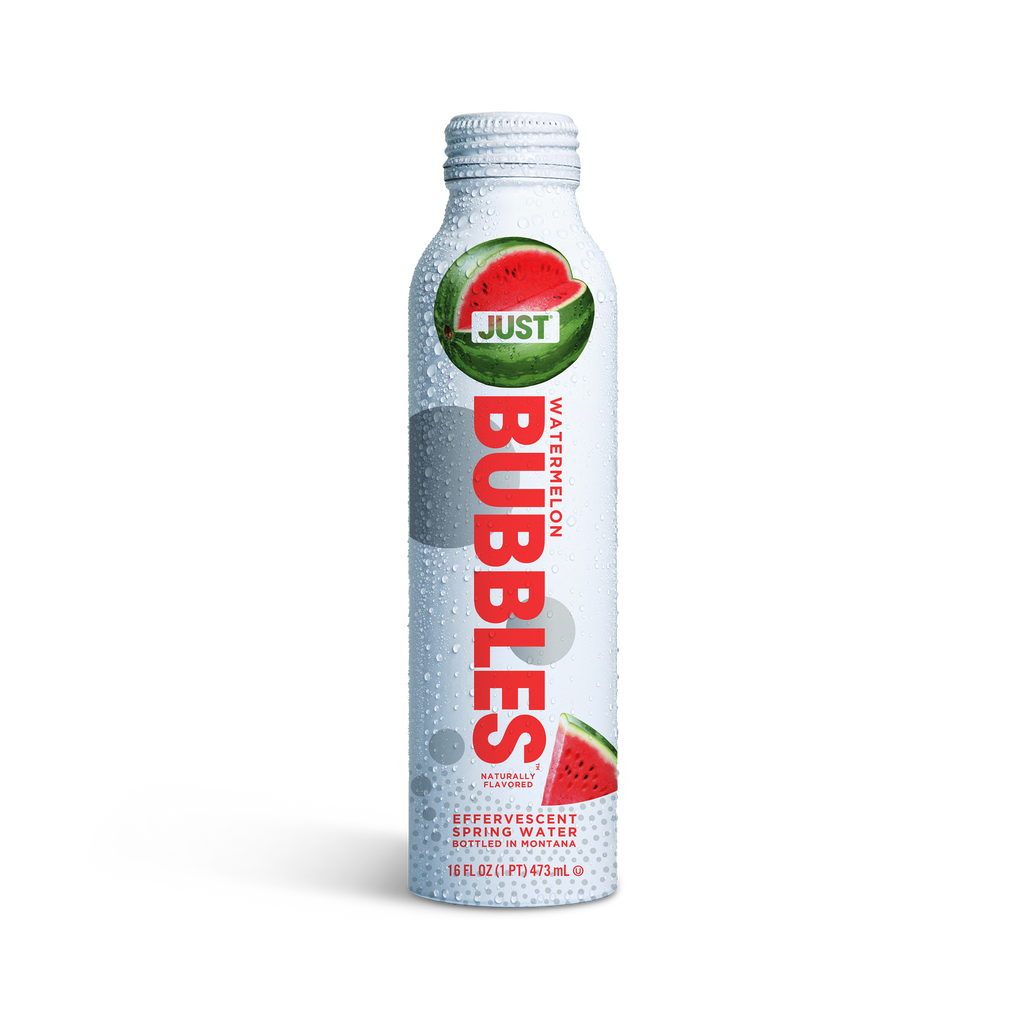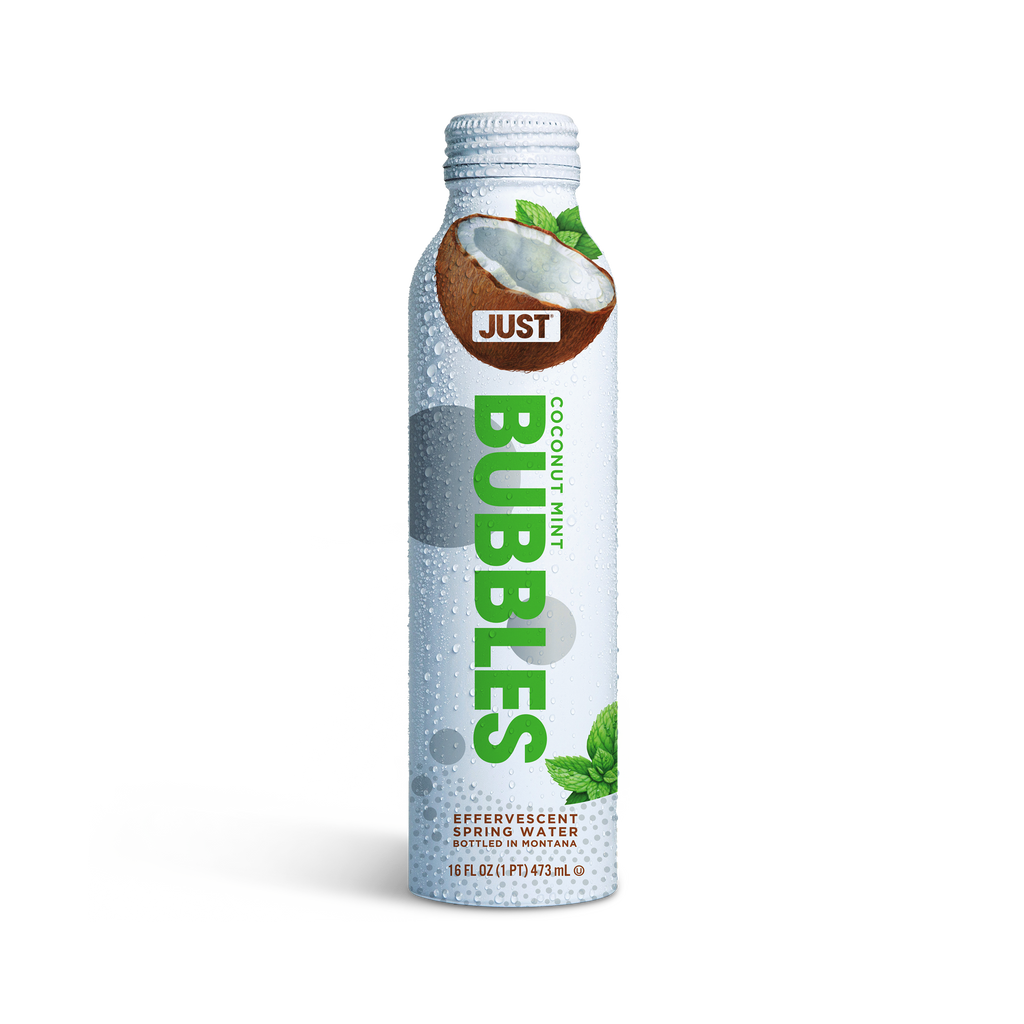HOW A CARTON GETS RECYCLED
Written by Just Water
Recycling is important. You know this, we know this, and we all try to do it. But recycling of cartons is relatively new (it’s only been available a little over ten years), while recycling systems for glass, plastic and aluminum have been in place for many decades. So it’s understandable if you’re unsure of what to do with your carton when you’re done with it. Let us assure you, it is recycleable--if you can include your milk cartons in your recycling bin, you can include your JUST cartons!
We chose to package JUST Water in cartons because they’re sturdy and food-safe, but they also use more renewable resources and fewer fossil fuels in their makeup. Furthermore, the process of making the high quality paper for JUST cartons is made even more efficient because paper mills produce biomass that helps power the process (and sometimes even the city or town where the paper mill is located). Neat, huh? All this amounted to a clear — not to mention convenient — path away from traditional bottled water.
How Recycling Happens
Recycling JUST cartons works because their paper and aluminum content is always in high demand. Think about how many paper products you see, touch, and use throughout your day! You might not even realize how many products a recycled carton can impact, from aluminum cans and glass bottles and jars to newspapers, office paper goods, mail, cereal boxes, jar lids, bottle caps, cardboard boxes, magazines, phone books, bottles and jugs, and, of course, more beverage cartons. You can see the full list of products recycling your JUST carton can impact here!
Recycling cartons starts with a process called hydropulping, where the layers of the cartons are separated and culled in order to convert them into other materials. This happens in a machine called a hydropulper, which separates paper from other materials like plastic and aluminum and accumulates as a usable paper fiber pulp. The pulp then gets made into paper and cardboard that’s just as usable and high-quality as the original paper. The plastic and aluminum, meanwhile, are also recovered for use in energy fuels, pallets, and building products. Bonus: hydropulping water used in the hydropulping process is usually reused over and over again throughout the process.
Why Aren’t Cartons Biodegradable?
Many brands will tell you that their packaging is biodegradable or compostable when, really, they may be only under very specific conditions. A ‘compostable’ plastic cup is not going to break down if you just toss it on the ground. While our cartons do contain plant-based materials, the carton as a whole is not biodegradable. Transparency is important to us! And although we can’t call our cartons biodegradable, as you know from visiting our site, they do start mainly from plants, which is what drives their lower carbon impact. And, you now know the details of how they are recycled. So, from start to finish, the carton is a better option.
The Bottom Line
There are so many reasons to recycle, but ultimately, it boils down to reducing the need to manufacture new products – less mining, drilling and logging. We can reduce emissions of greenhouse gases from making recycled items from high-value materials like paper, cardboard, and metals. A lot of people want to recycle, but curbside recycling isn’t always accessible to everyone. As more brands embrace manufacturing in cartons, we can create more economic incentive for increased recycling access as well as aid our collective efforts toward sustainability. With both social and economic incentives at work in the form of devoted advocacy, energy, and resources, recycling access could reach 99% in the not far off future — like in the European Union, where carton recycling is between 95-100%. #Goals.
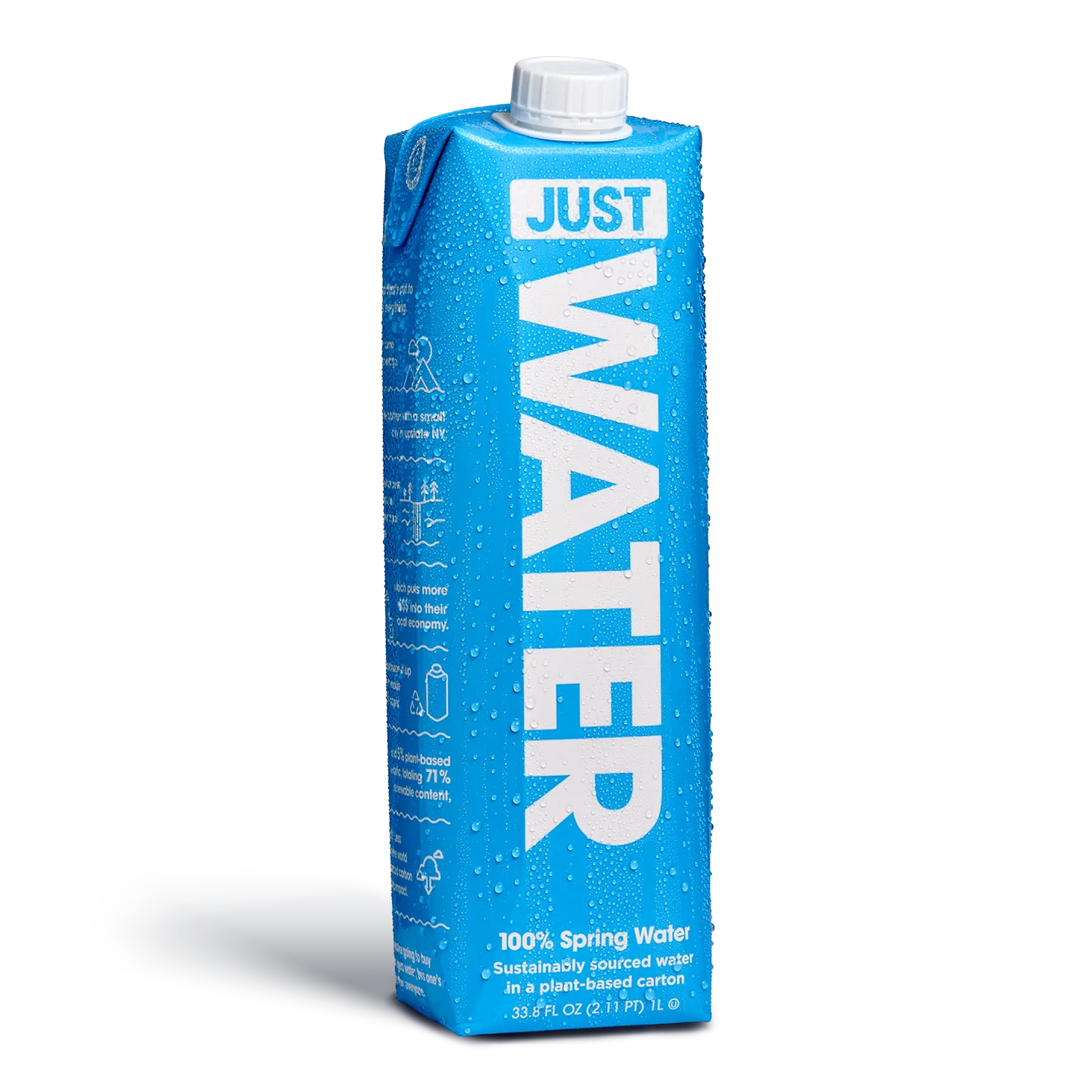
JUST
Spring Water -- 1 Liter | 12 Pack
